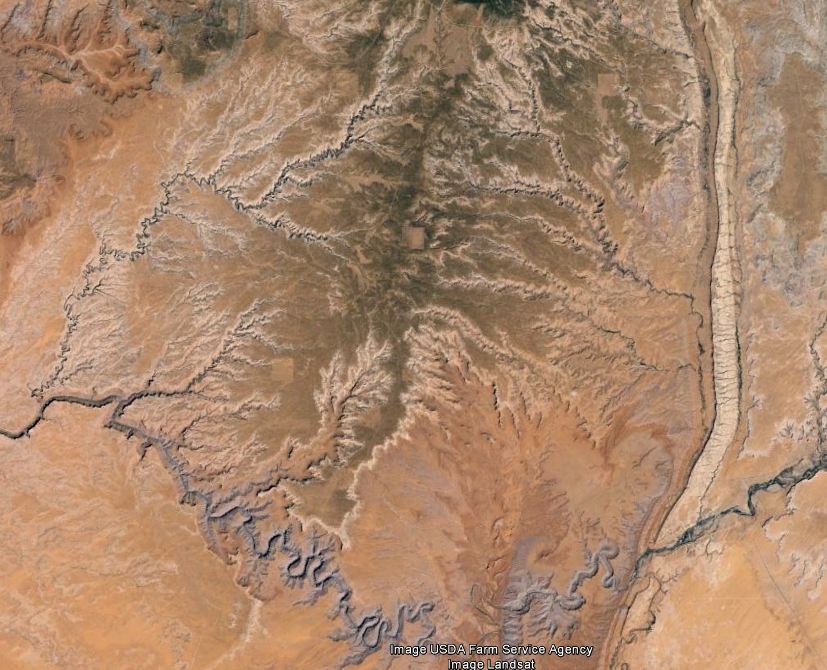Destinations: Cedar Mesa
Those who love the archaeology of the Southwest know this place well. Deep within it’s hidden canyons are many secrets and stunning discoveries. This land, not a National Park or a Monument, is still one of the remaining jewels of the Greater Canyonlands area.
I first fell in love with Cedar Mesa when I was asked to help chaperon a trip for high school students backpacking through some of the most beautiful sandstone corridors anywhere. The first few days quickly revealed themselves to be a transformation for me: I must be closer to this place, I want to find everything it hides. I wanted to know every rock art panel, every pottery shard, every hidden ruin, and learn every meander in its mess of canyons. Where the Maze is the exciting and crazy lover, Cedar Mesa is the steady–it’s who I want to come home to every night.
I remember vividly the moment it happened: I had set up my bivy sack and sleeping bag in the crotch of a massive cottonwood in Bullet Canyon. It was spring, but you could be fooled by the frost that covered the ground and my bag when I awoke. I was shivering and stiff, pressed between the cold, hard legs of the tree. I unzipped the bivy, poked my head out just in time to catch the western horizon begin to glow with the sun rise. Scooting closer to the trunk of the tree in preparation for first light, I opened up to the last chapter of Desert Solitaire, Edward Abbey’s masterpiece. Reading the pages while the first rays of light pierced through the crags in the canyon rim, the world lit up in a gentle pink glow and all that Abbey had written became alive. The first calls of the canyon wrens, the ruffling of the brush with lizards looking for a perch to bathe themselves in the sun’s heat, and the gentle breeze chilling my face and rattling the remaining dead leaves leftover from winter. That was the moment I shall never forget.
Cedar Mesa itself is a large sandstone mesa extending from the base of the Elk Ridge region of the Abajo Mountains in SE Utah. Its large, flat appearance as you drive along the highways that bisect its massif is a complete facade for the land ends, and ends quickly. To the south, the edge of Cedar Mesa ranges from a 800′ to 1200′ sheer drop. Here, the Moki Dugway zigzags up its face in dramatic fashion and some marooned sandstone spires can be seen out in the sea of sage brush in The Valley of the Gods. On top, through the juniper and pinyon trees, canyons reveal themselves. Sometimes deep, shallow, wide and narrow, these canyons cut through the mesa and drain into the San Juan River. Here, many many moons ago, the Ancestral Pueblo people had lived and flourished. Leaving behind traces of their existence, it is here you can explore on your own, usually undisturbed by the masses that attend the other National Parks in the area.
There will be many a story from this place…
Here I must make a shout out: Thank you to the Rangers at Kane Gulch Ranger Station. This is the only group that monitors the place and as it has grown in popularity with backpackers and archaeology nuts alike, they have done a tremendous job maintaining both the artifacts and ruins as well as making it accessible in an ‘open air museum’ fashion. When you go by, be sure to stop by, say hello, and purchase some great SWAG–that money helps them maintain their staff and trail maintenance. Without naming names, there are two particular rangers that have helped me out both in giving me directions to providing some water when I was my most thirsty. With their limited funds, these guardians have been doing a wonderful thing for many, many years.
![]()
![]()
![]()
![]()
![]()

